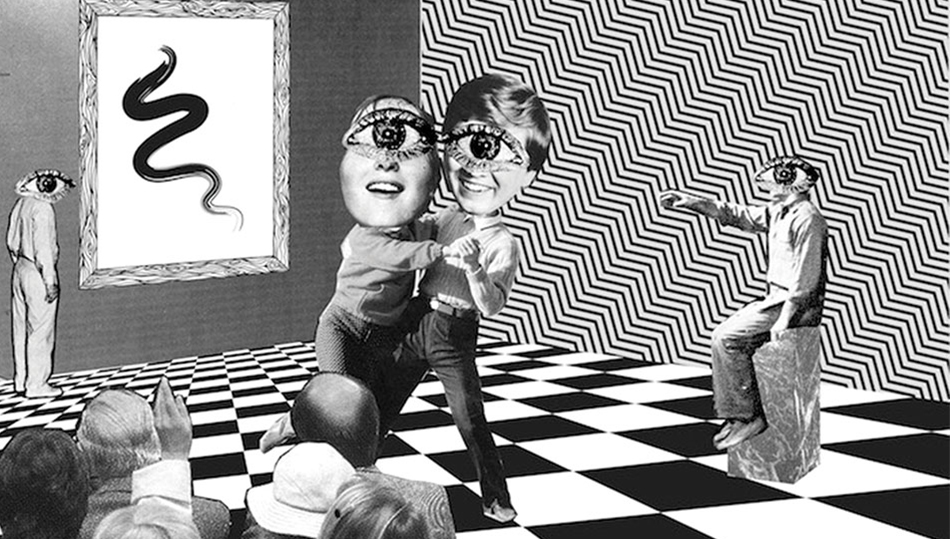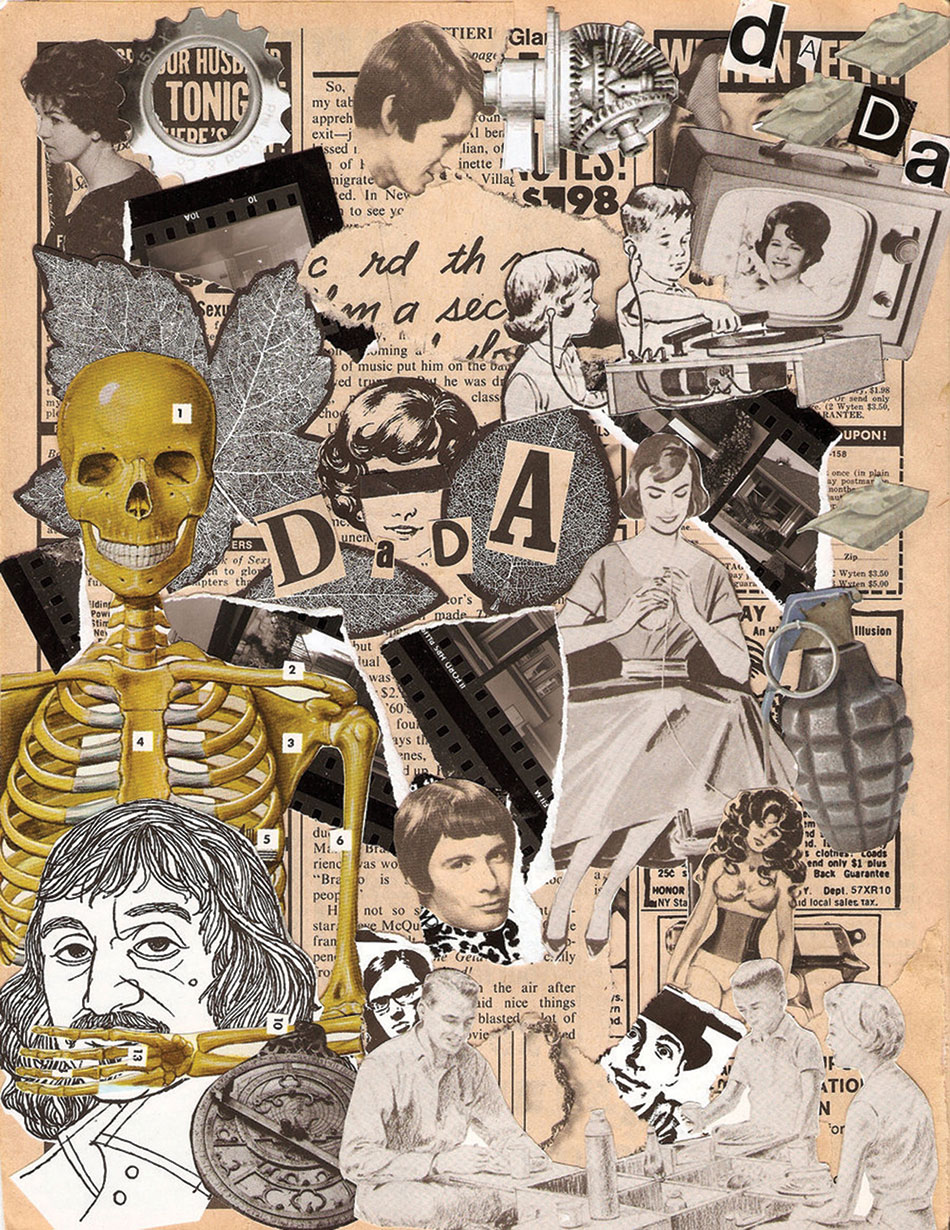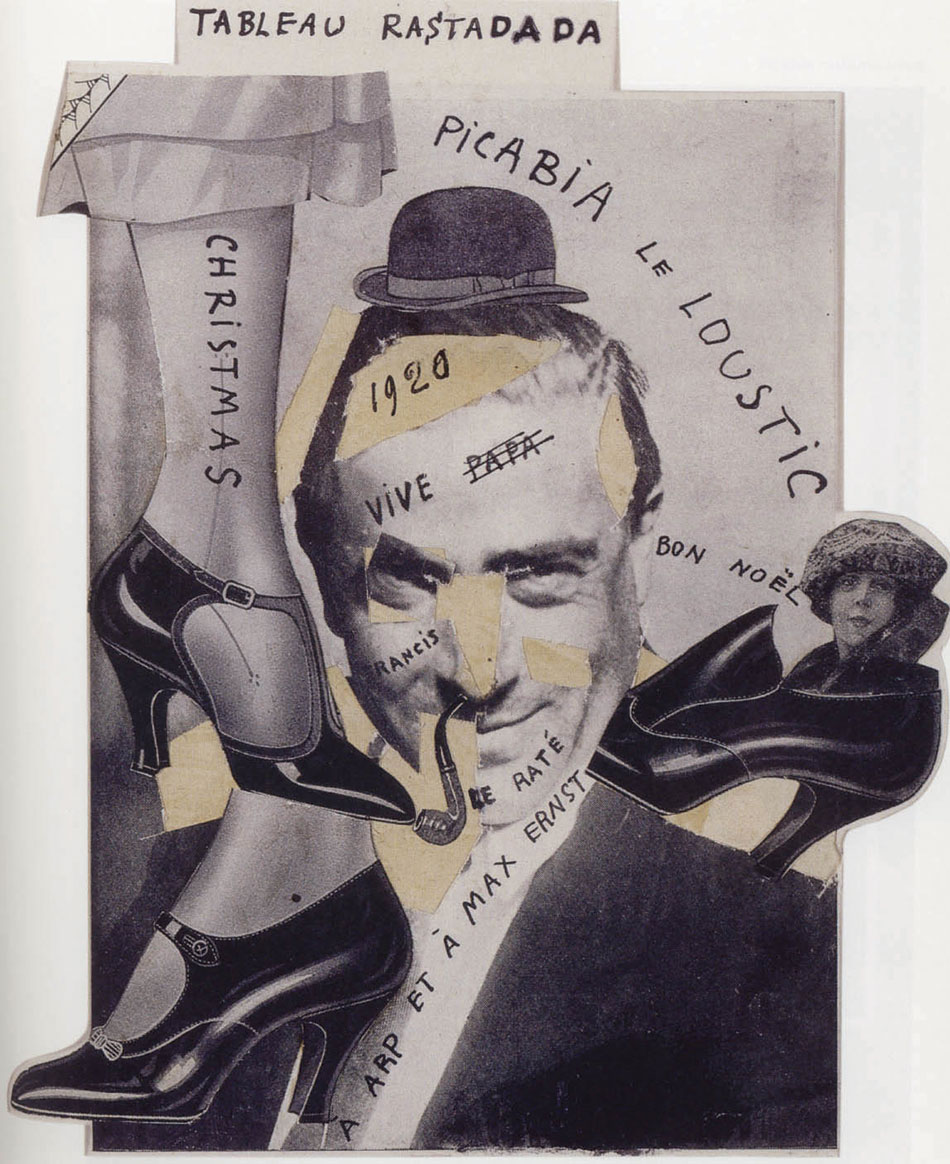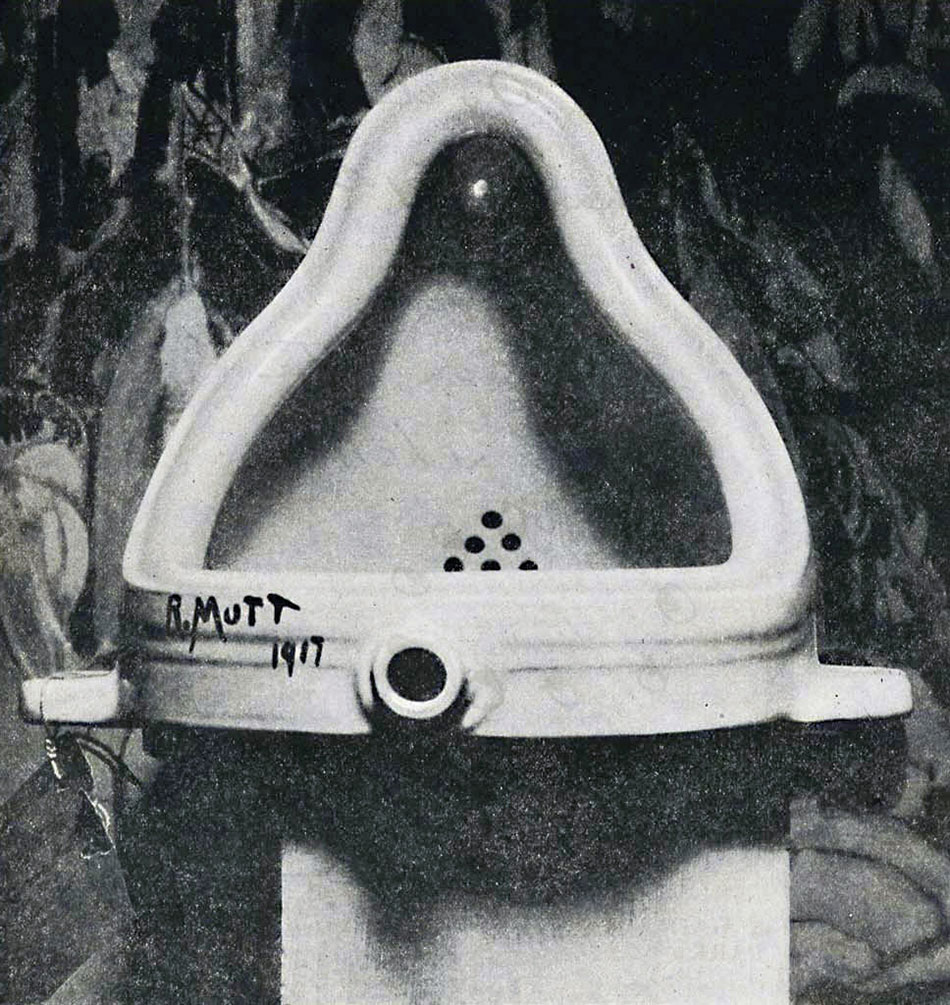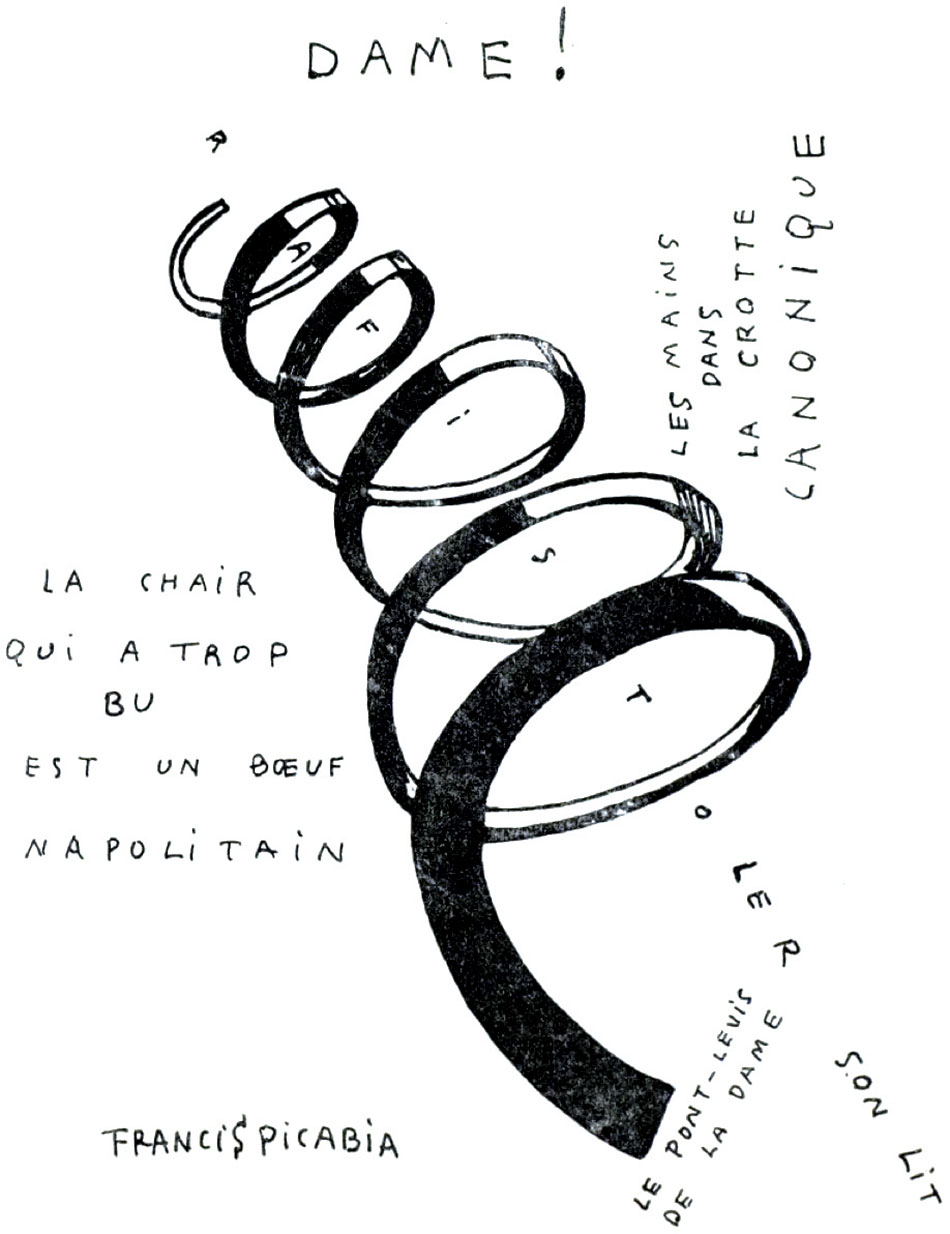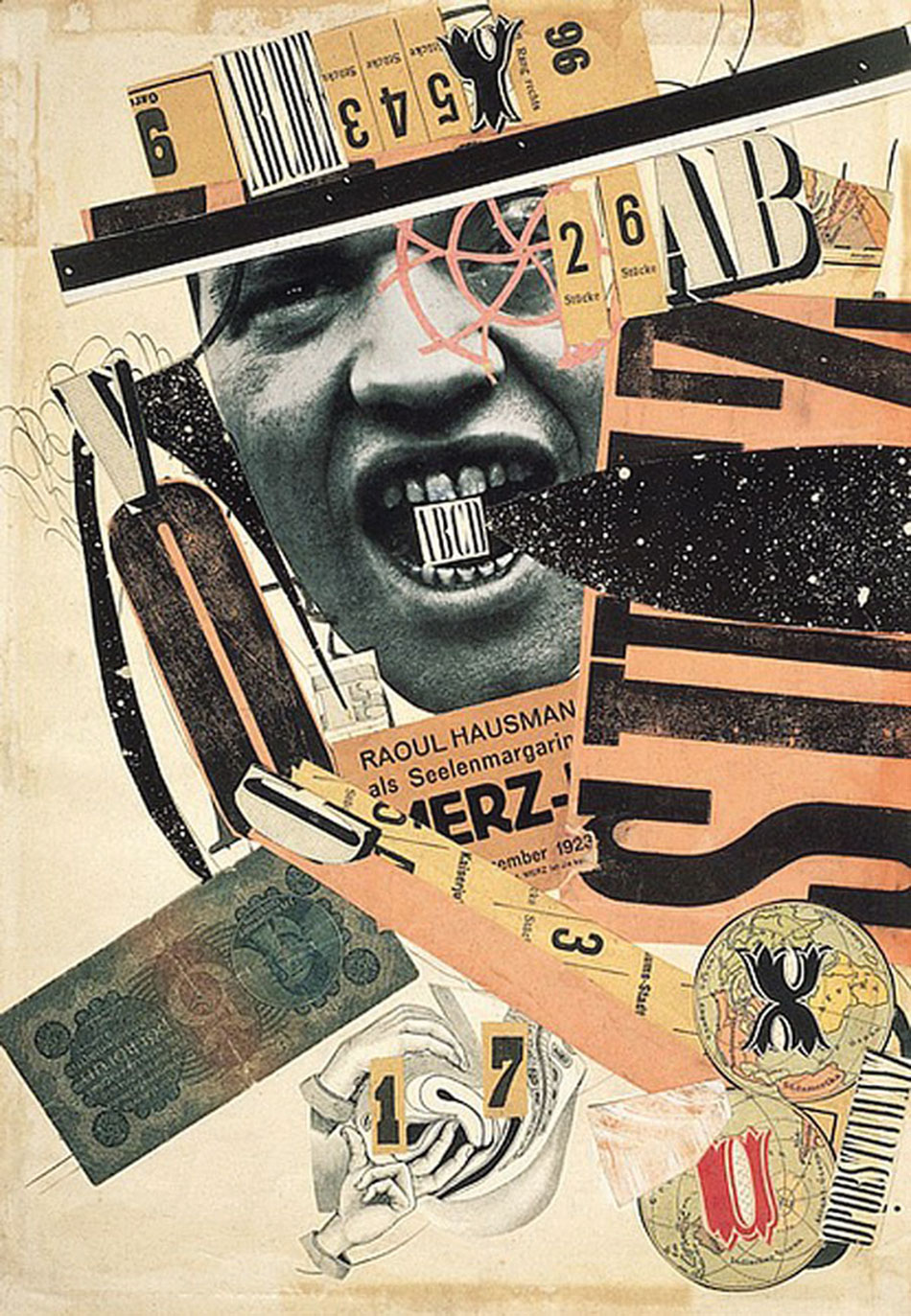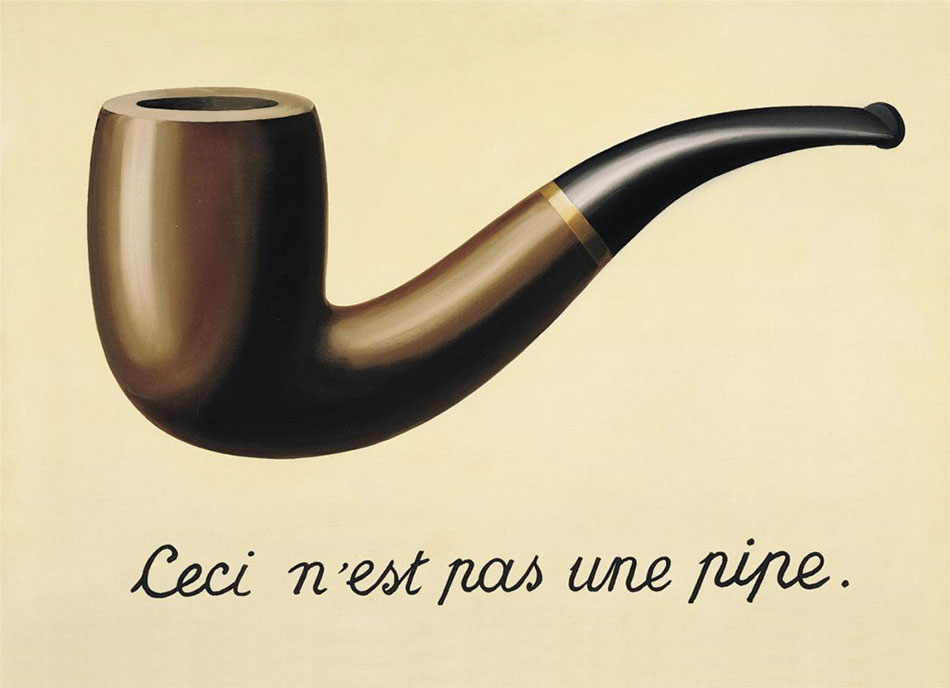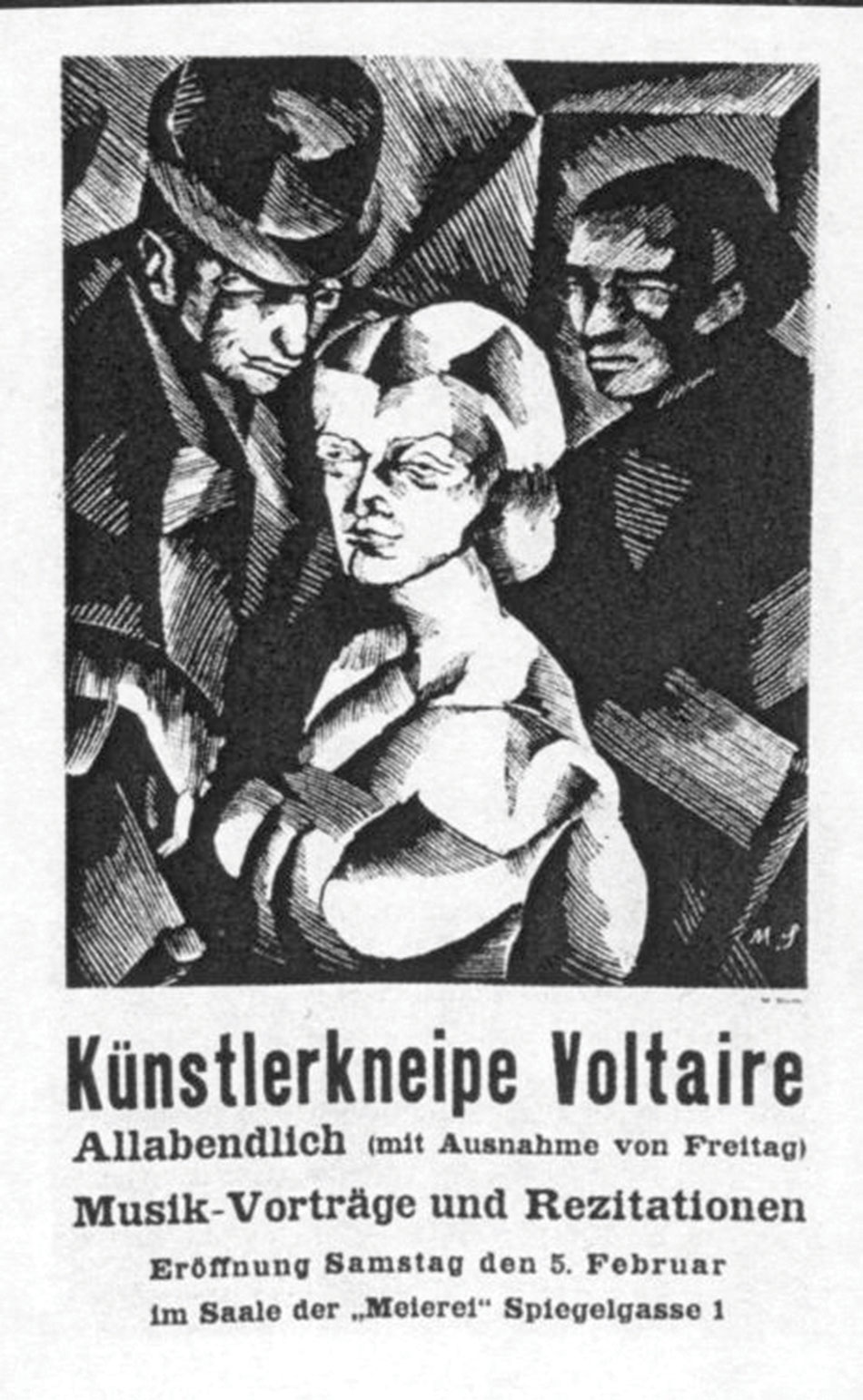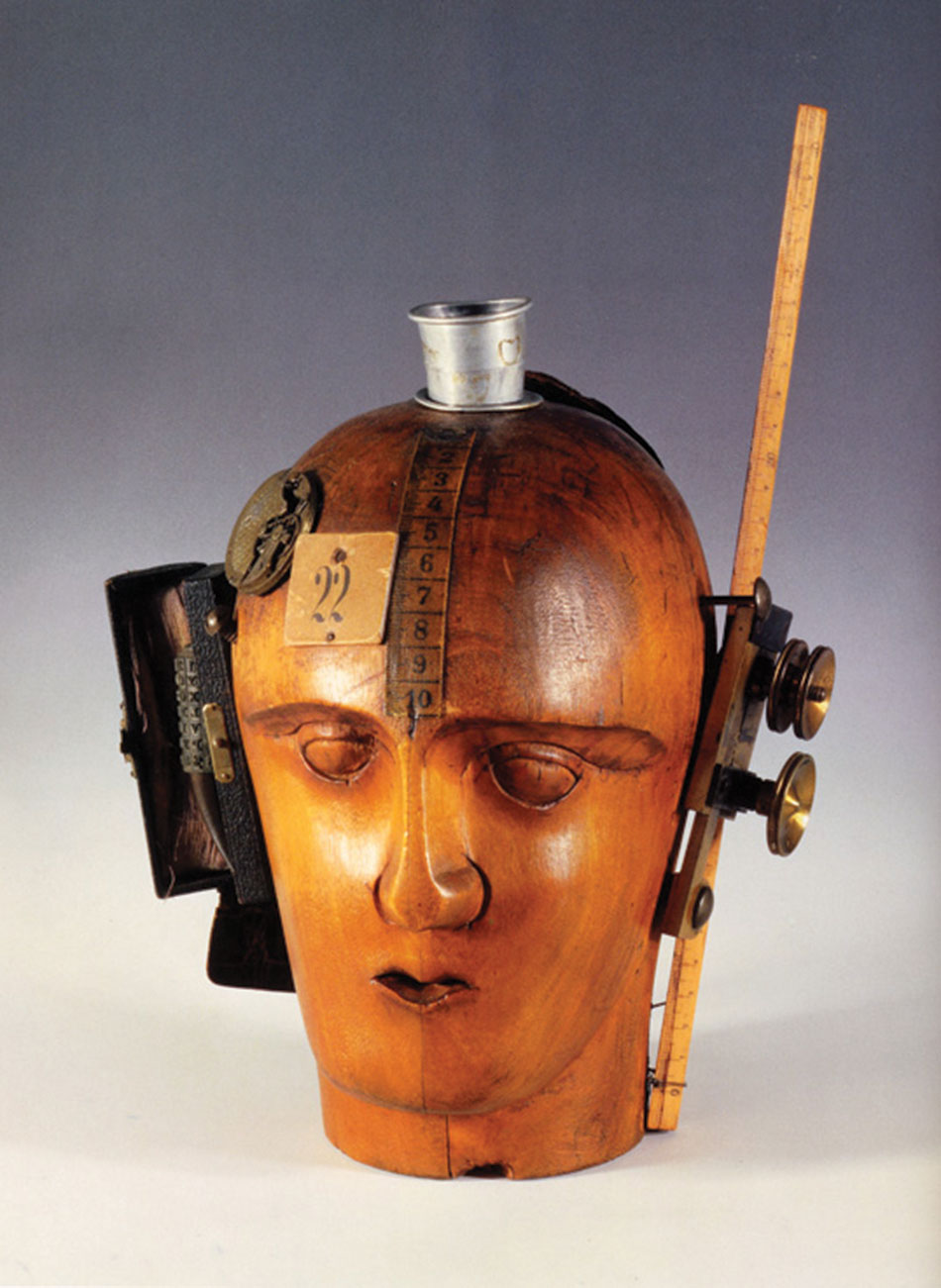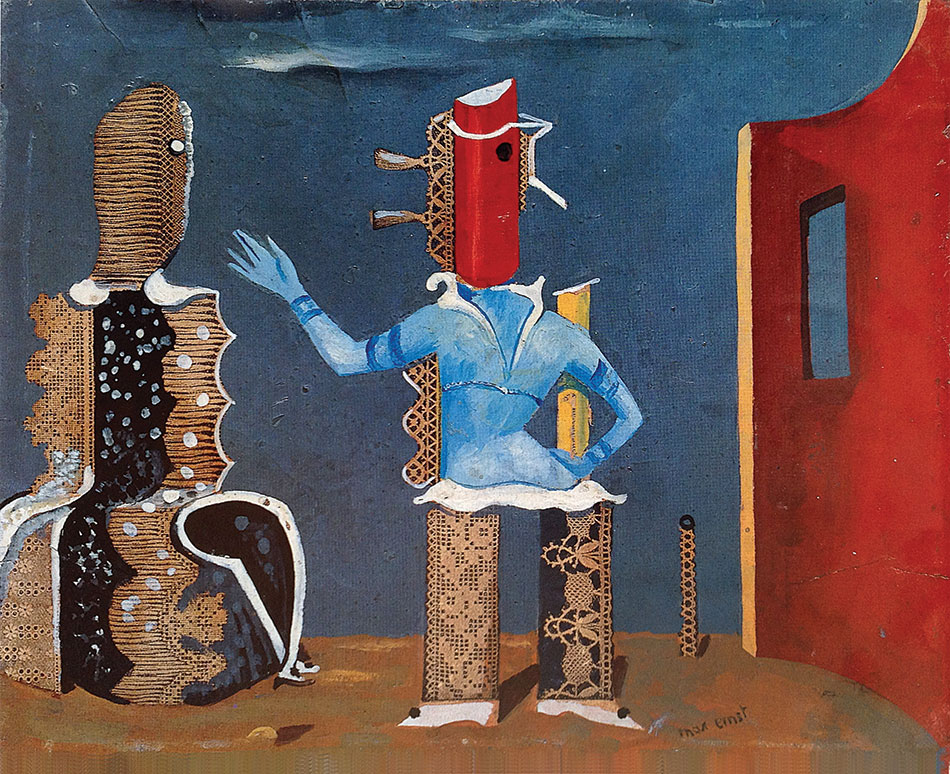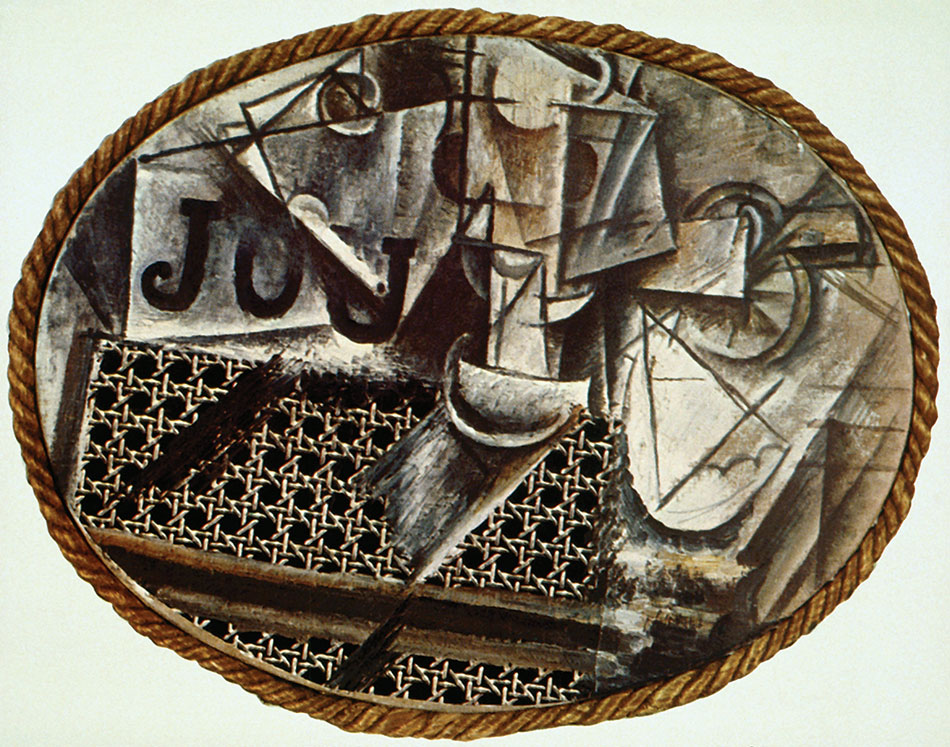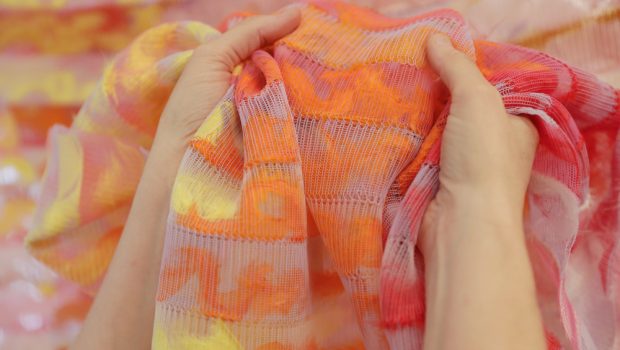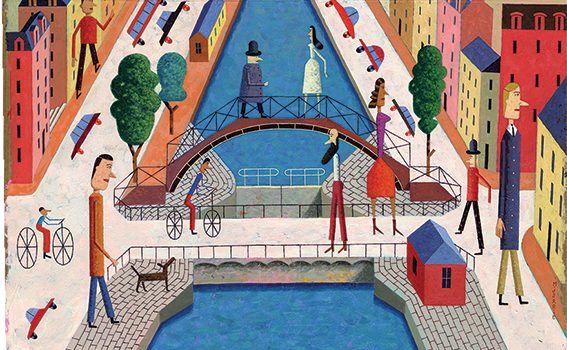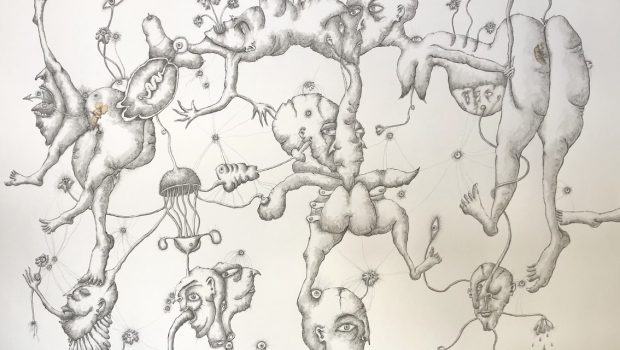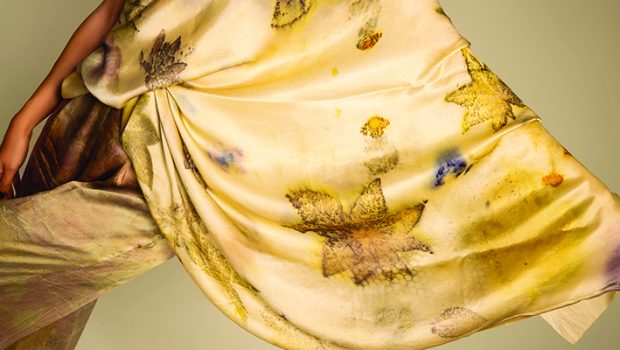Anti art
This year celebrates the 100th year anniversary of the legendary Cabaret Voltaire in Zurich — the artist hangout that gave birth to the Dada movement in Europe...

In around 1913, Marcel Duchamp created his first readymades and coined the phrase “anti-art”. The phrase meant the opposite of everything which art stood for. Where art was concerned with traditional aesthetics, anti-art ignored aesthetics. If art was to appeal to sensibilities, anti-art was intended to offend.
Duchamp borrowed the term “readymades” from the clothing industry while living in New York, and especially to works dating from 1913 to 1921. The term “found object” originates from the French objet trouvé, describing art created from undisguised, but often modified, objects or products that are not normally considered art, often because they already have a non-art function. Pablo Picasso first publicly used the idea when he pasted a printed image of chair caning onto his painting titled ‘Still Life with Chair Caning’ in 1912. Duchamp’s most famous example is ‘Fountain’ (1917) – a standard urinal purchased from a hardware store and displayed on a pedestal, resting on its side.
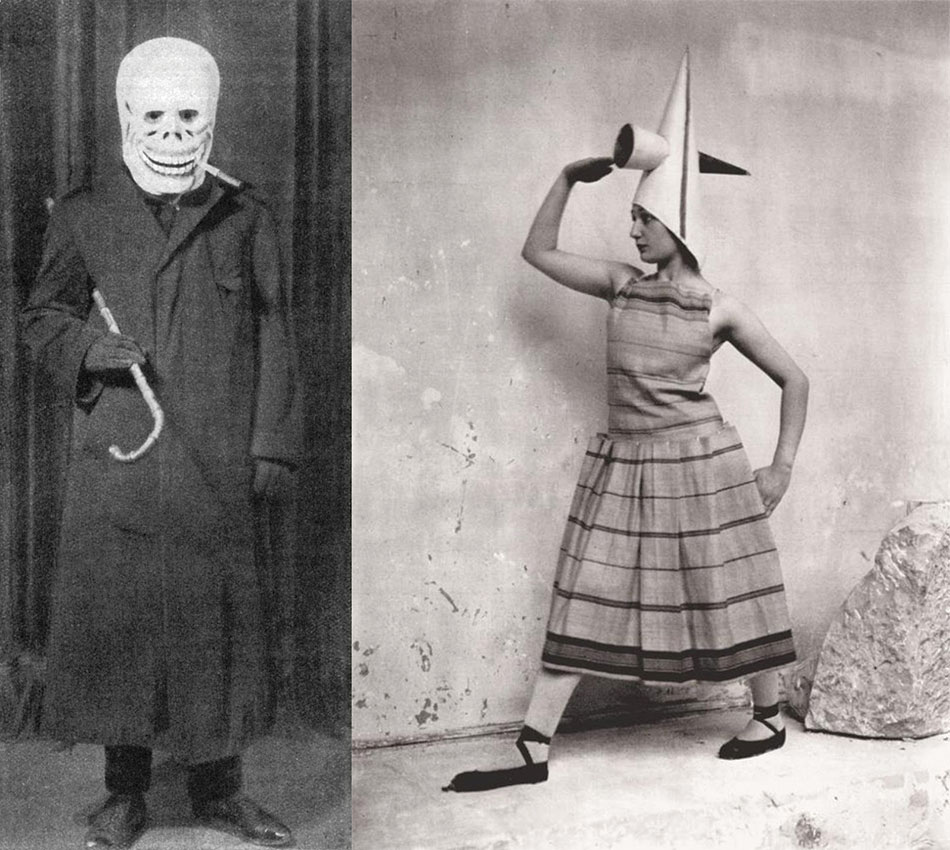
A reviewer from the American Art News stated at the time that “Dada philosophy is the sickest, most paralysing and most destructive thing that has ever originated from the brain of man”. Art historians have described Dada as being, in large part, a “reaction to what many of these artists saw as nothing more than an insane spectacle of collective homicide.”
A couple of years later, the now-legendary Cabaret Voltaire in Zurich — the artist hangout that gave birth to the Dada movement in Europe — was opened in Zurich.
Started by a bunch of creatives, Dada was a movement that championed coincidence as the leading creative principle. At the time, circa 1916, Dada contradicted all known artistic styles.
It all began with the Dada Evening, organised by Hugo Ball and Emmy Hemmings who opened the Cabaret Voltaire, which was a popular nightclub frequented by Zurich’s most celebrated artists.
The evening was an expression and artistic reaction to what was going on in war-torn Europe at the time, reflecting on the chaos and destruction caused by World War I, which was violently raging outside Swiss borders.
According to Martin Mittelmeier, author of the recent book Dada: Eine Jahrhundertgeschichte [A Century of History], “Several factors contributed to the development at the time… The talk was of people being overwhelmed by the increasingly confusing world around them. The world was simultaneously becoming more complex and multifaceted, with out-of-date political parameters.” Not dissimilar to today’s featured themes in the news. Dadaism was unique in reworking the leading principles of art creation – more so than avant-garde movements like Expressionism, Cubism, and Futurism.
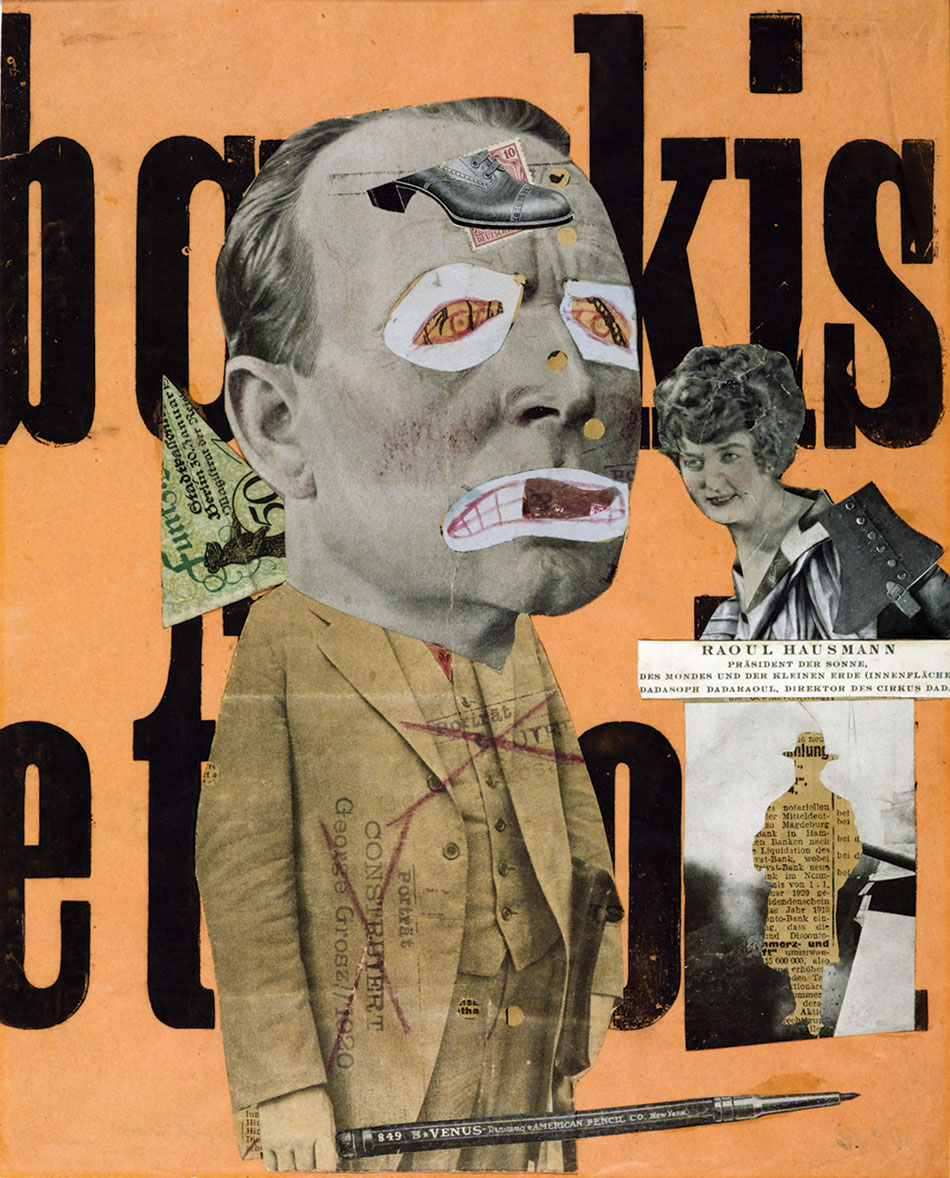
The talk was of people being overwhelmed by the increasingly confusing world around them. The world was simultaneously becoming more complex and multifaceted, with out of date political parameters.
Dada activities included public gatherings, demonstrations, and publication of art/literary journals; passionate coverage of art, politics, and culture were topics often discussed in a variety of media.
Many Dadaists believed that the reason and logic of bourgeois capitalist society had led people into war. They expressed their rejection of that ideology in artistic expression that appeared to reject logic and embrace chaos and irrationality. For example, George Grosz later recalled that his Dadaist art was intended as a protest “against this world of mutual destruction”.
A reviewer from the American Art News stated at the time that “Dada philosophy is the sickest, most paralysing and most destructive thing that has ever originated from the brain of man”. Art historians have described Dada as being, in large part, a “reaction to what many of these artists saw as nothing more than an insane spectacle of collective homicide”.
The origin of the name Dada is unclear, as some believe that it’s a nonsensical word. Others say that it originates from the Romanian artists Tristan Tzara’s and Marcel Janco’s frequent use of the words “da, da,” meaning “yes, yes” in the Romanian language. Another theory is that the name “Dada” came about during a meeting of the group when a paper knife stuck into a French–German dictionary, which happened to point to ‘dada’, a French word for ‘hobbyhorse’.
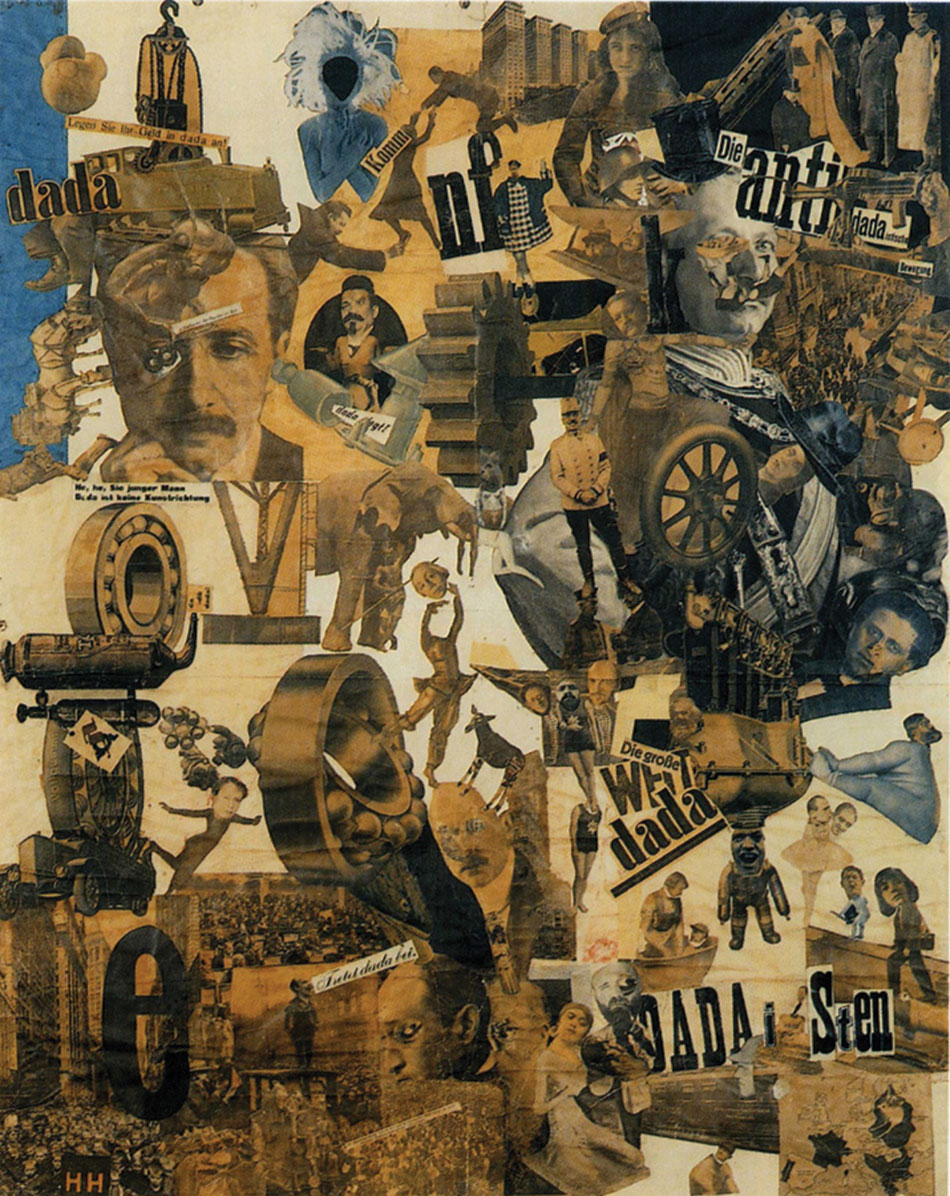
The movement influenced later styles like the avant-garde and downtown music movements, and groups including surrealism, Nouveau Réalisme, pop art and Fluxus.
“George Grosz later recalled that his Dadaist art was intended as a protest “against this world of mutual destruction.”
